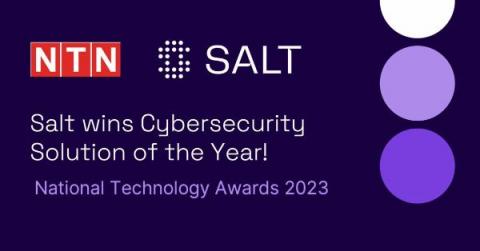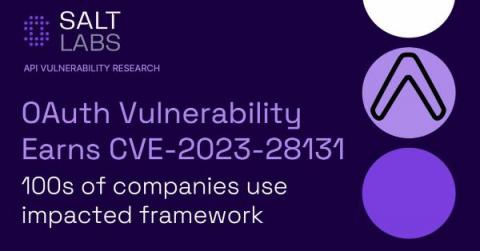How to Find and Fix API Vulnerabilities
Application programming interfaces (APIs) have become an essential component of modern applications in the digital age. However, with the increasing reliance on APIs as more businesses digitize their operations, the need for API security is more undeniable than ever before. API security is imperative as it prevents unauthorized access to data, maintains the confidentiality of users’ information, and helps prevent malicious attacks that could lead to significant damage to your business.











